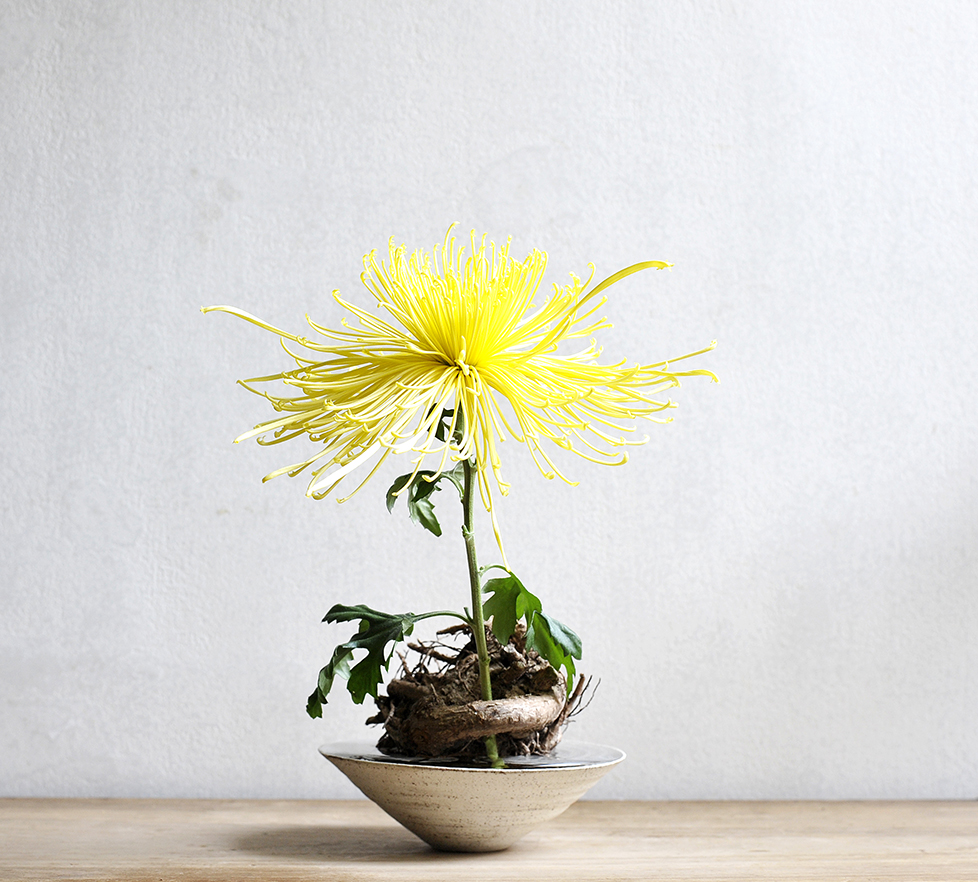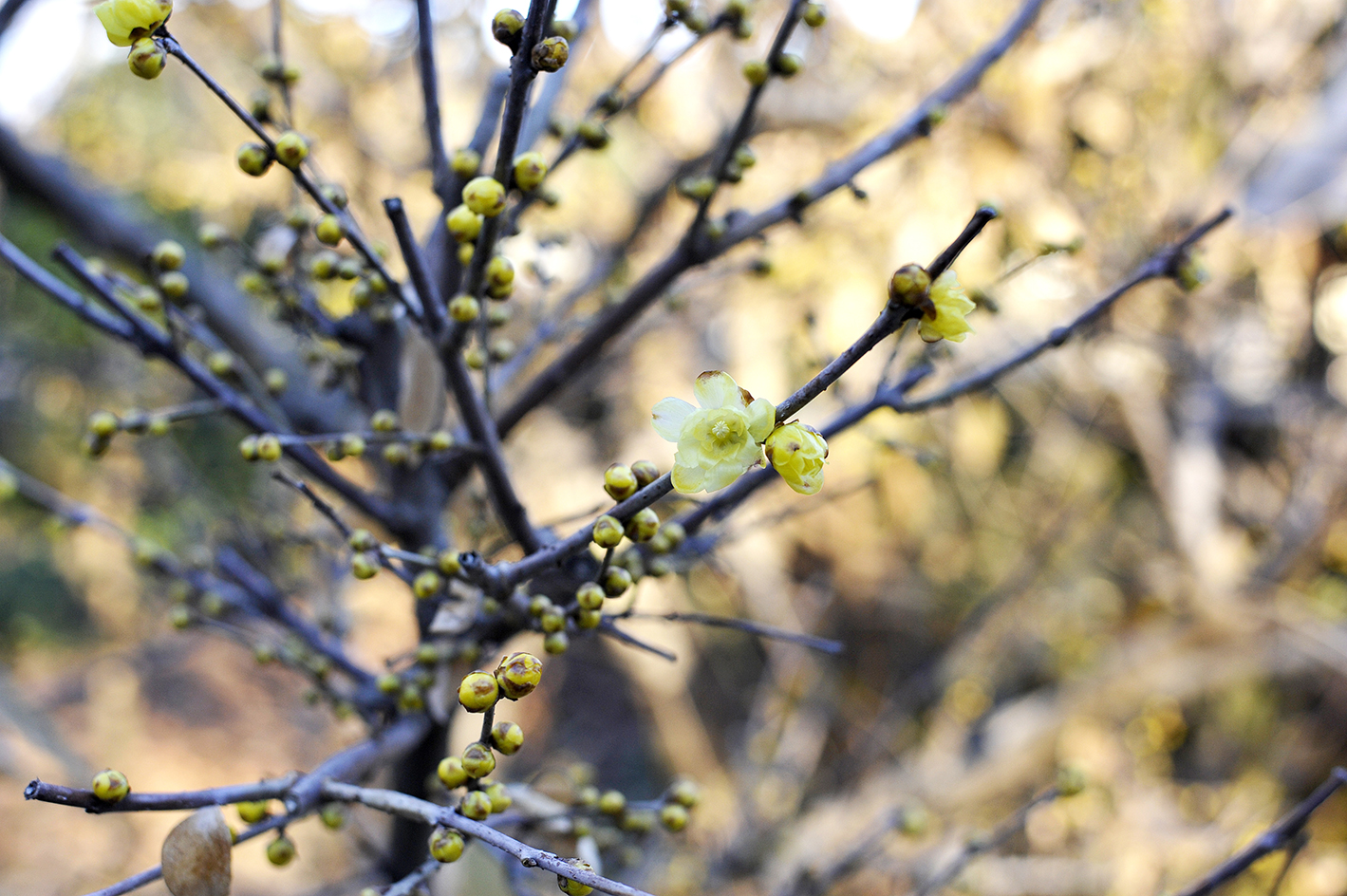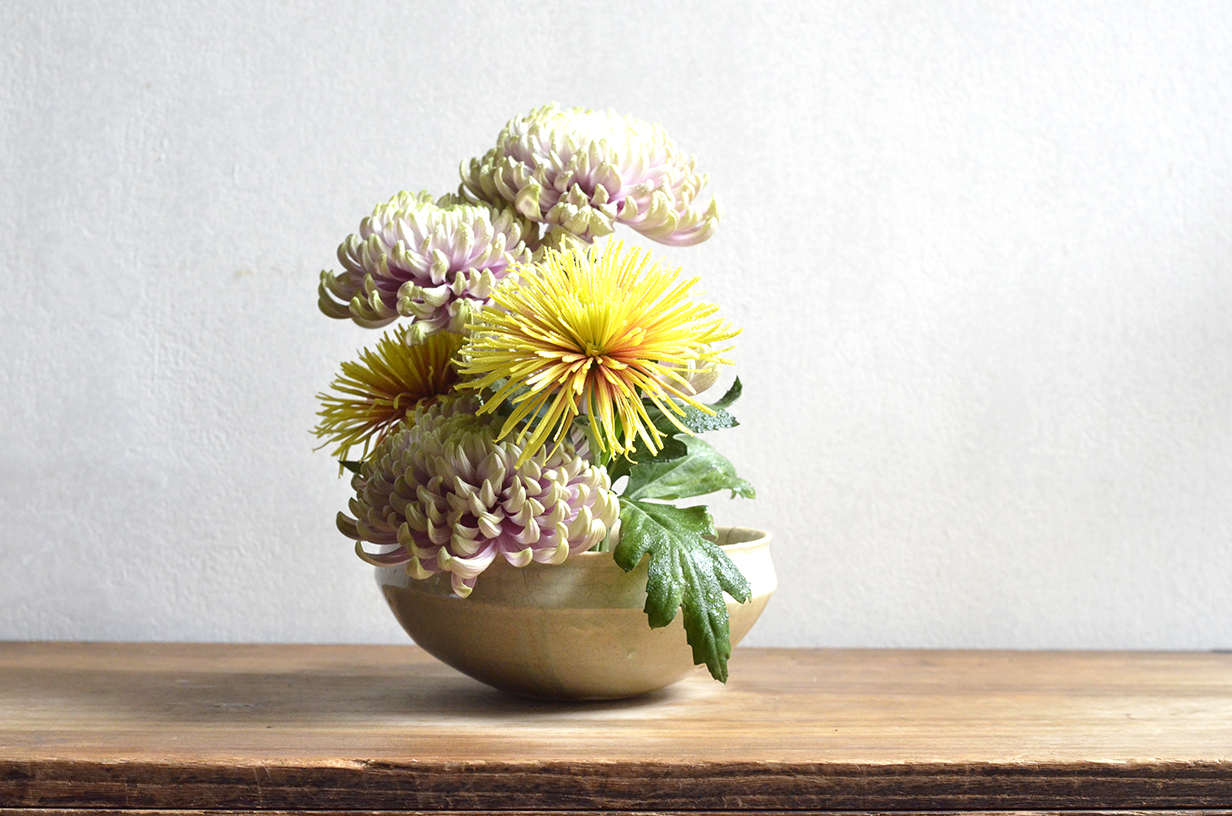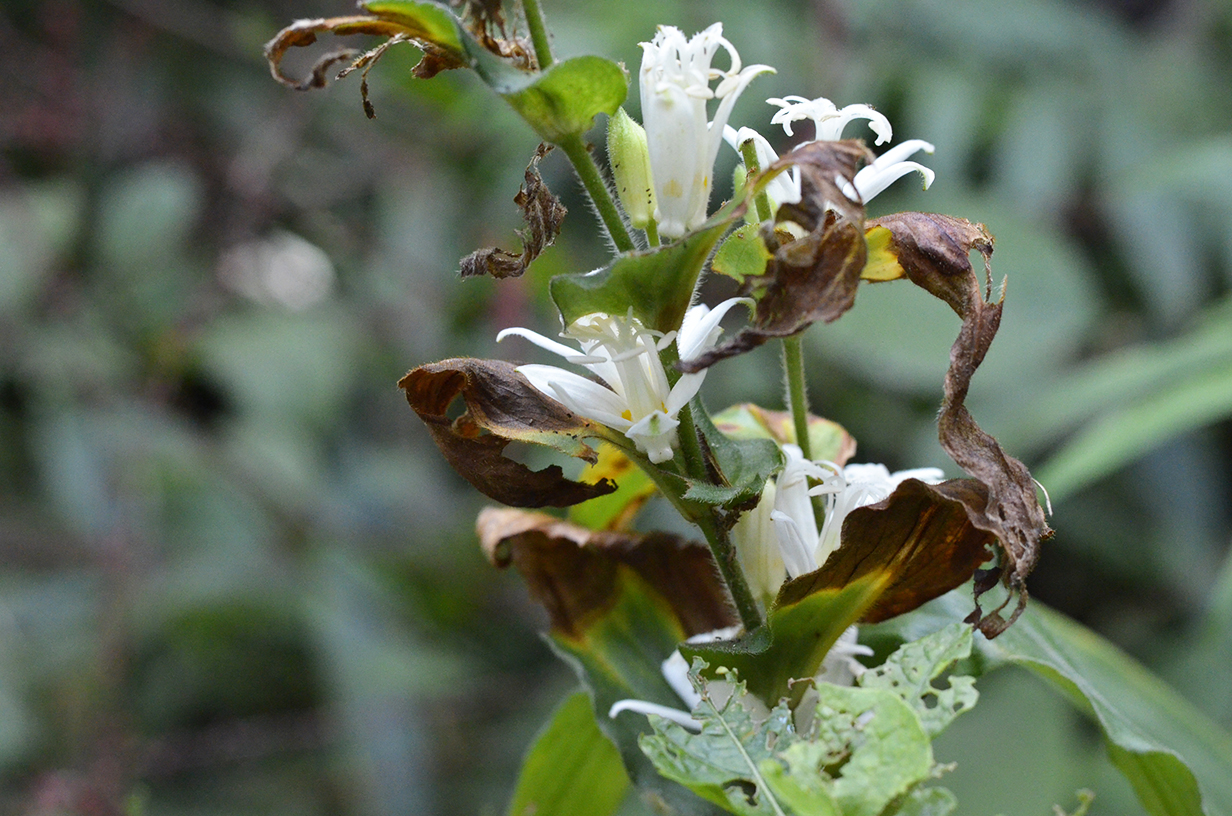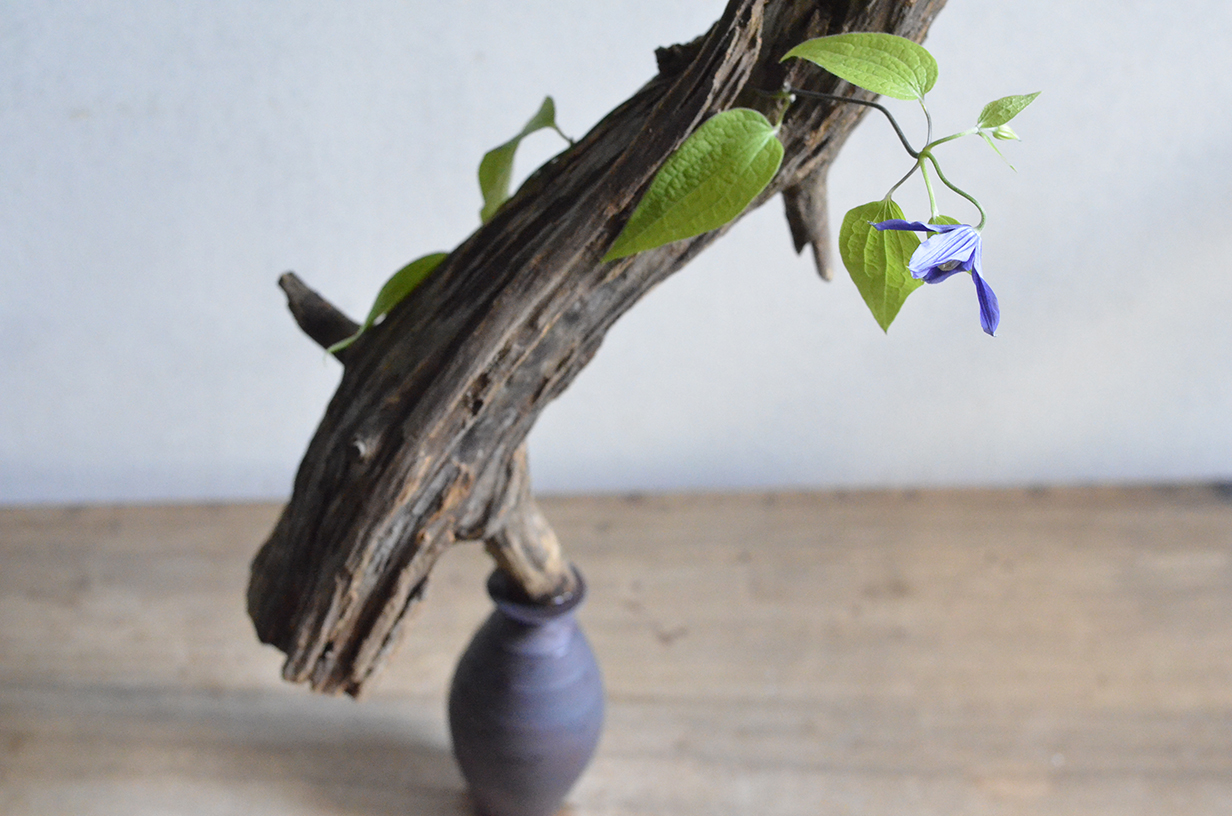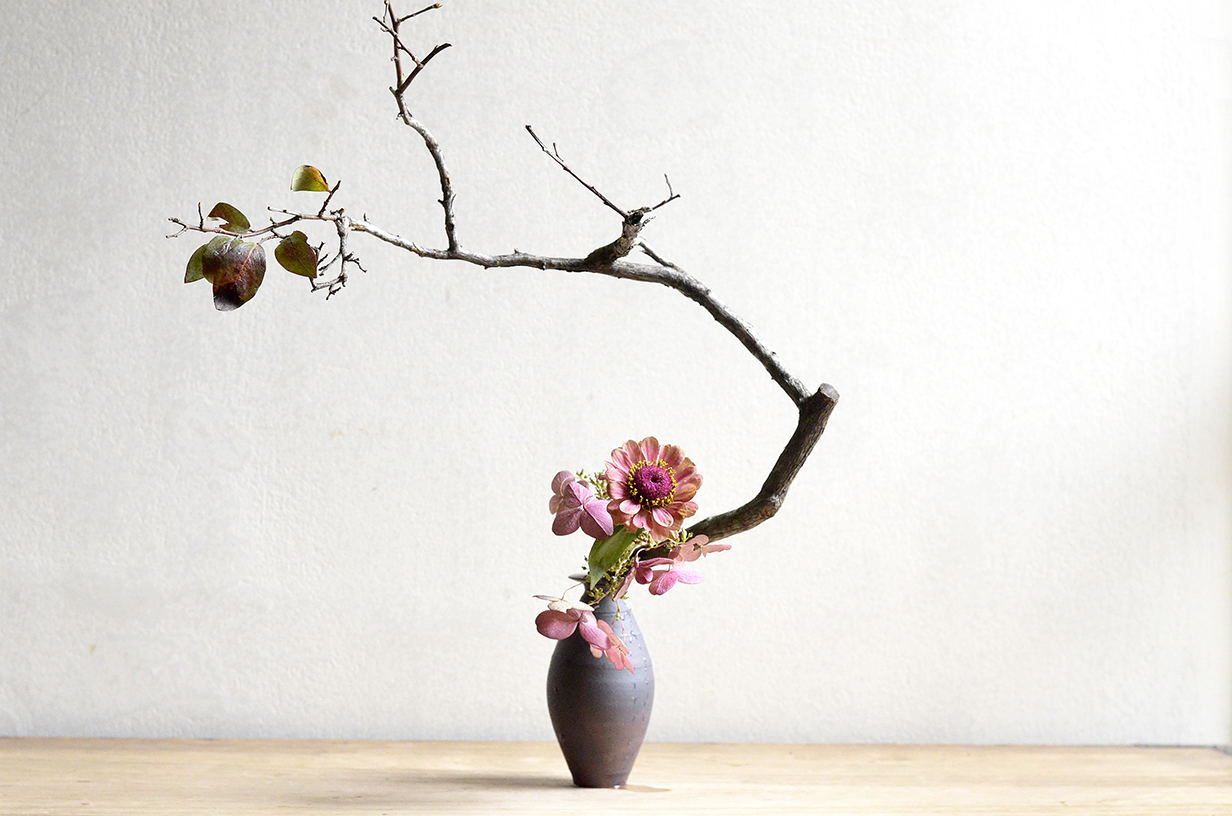Toru Watarai: Ikebana Floral Artist
MADE IN JAPAN
SAVOUR THE BEAUTY
curator BRISEIS ONFRAY | INTERVIEW WITH FLORAL ARTIST Toru Watarai | PROFILE IMAGE BY Naoki Honjo | FLORAL IMAGES Contributed by Toru Watarai | COUNTRy JAPAN
WHERE DID YOU GROW UP?
I grew up in Chiba Prefecture next to Tokyo.
WHAT DOES THE JAPANESE WORD IKEBANA MEAN TO YOU?
Ikebana is a technique for appreciating nature and making it closer by bringing it into your living space. Flowers represent nature, so keeping the flower alive and making use of it is the meaning of Ikebana. It takes human effort to create Ikebana. Also, through Ikebana work, I have discovered things I like about myself.
DID YOU ALWAYS WANT TO WORK WITH NATURE AND FLOWERS?
It’s important to thank and respect nature and it inspires me. With Ikebana, I feel that I am looking after the flower's life. On the other hand, living in Tokyo gives me different inspiration. The cityscape with diverse people and urban buildings also feels organic to me. I believe that the balance between plants, flowers and urban life forms my Ikebana.
CAN YOU DESCRIBE THE JAPANESE HERITAGE BEHIND THIS FLORAL TRADITION? HOW OLD IS IT? WHERE DID ITS PHILOSOPHY OF ‘ONENESS WITH NATURE’ ORIGINATE FROM IN JAPAN?
Japanese people are an agricultural race and since ancient times the lives of our ancestors have been closely related to nature. The production of crops depends on the weather, most of all drought or heavy rain. The autumn harvest brings rich fruits such as grains and nuts. From mountain to mountain, and rock to the wind, there are eight million Gods in Japan. I think that our gratitude, respect and awe for nature are the essence of how Ikebana was formed in Japan. It is said that Ikebana was established about 600 years ago. However, it seems there was a long custom of dedicating an Ikebana arrangement to a God, serving Buddha and also loving it with an appreciation of its original found beauty.
DO YOU THINK YOUR STYLE IS TRADITIONAL TO JAPAN OR HAVE YOU CREATED YOUR OWN STYLE?
My Ikebana is not traditional. However, as I have practised I have acquired some traditional influence. Ikebana is like a kind of drawing and also like an instruction manual. By practicising over time, I have acquired the sense of balance and how to place the flowers in position. Starting with a stem as a backbone, I can place the flowers into a design that captures their beauty and life, just like the way I found the flora when I gathered it in nature.
IS THERE A PLANT OR FLOWER THAT YOU LOVE TO WORK WITH THE MOST?
I like branches: the diversity and shape of branches inspire how I create Ikebana. But that’s not so interesting to look at during winter. An old tree is nice but from now on, we celebrate spring in Japan. I can hardly wait for flowers to bloom in trees such as cherry blossoms, plum trees, magnolia and wisteria. I also use blueberries and eucalyptus.
FRESH FLOWERS WILL ALWAYS BRING A SMILE. WHAT MAKES BEING AN IKEBANA FLORIST ENJOYABLE TO YOU?
Flowers always bring discovery and stimulation to me through their scents, colours and shapes. If the fragrance of roses is something that raises your mood, then you may feel a sense of calm with the scent of mint and eucalyptus. Plants are important signals that inform me of seasonal changes. Cherry blossom in spring. In summer, lotus flowers in full bloom by the water. In autumn we enjoy fruit and autumn leaves. The silence of life by branches dropping their leaves at the coming of winter is also interesting. This change is the seasonal feeling, and the proof that we are alive. I feel this sense of seasonal moods with every arrangement of Ikebana.
Also, it’s fun to focus on fragrance and make up flower matching. ie. hyacinth and cinnamon chips etc.
DO YOU THINK THE ART OF IKEBANA IS STILL POPULAR IN JAPAN?
Once upon a time in Japan, Ikebana was recognised as floral art for tea ceremonies and bridal training (a woman's skill to acquire to get married). There was a time when many women were learning the art of Ikebana. But the number of people learning Ikebana has declined. However, I still think that Ikebana is full of subtleties to live by now. I also think that Ikebana will regain its value and appreciation in a different way in the future.
I changed my job as a fashion editor to an Ikebana teacher six years ago, to preserve and share the charm of Ikebana. Since then, I feel inspired to teach this art form, not only to the Japanese, but for people interested in other parts of the world.
DO YOU HAVE A FAVOURITE PLACE YOU LIKE TO VISIT?
It is the home where I was born and raised. The backyard is the most familiar environment that inspires my love of Ikebana. There was a bamboo forest and I created flower vases from the bamboo. This gave me the passion to learn Ikebana. Even now I am connecting with nature when I return home with my children annually. It is my roots.


